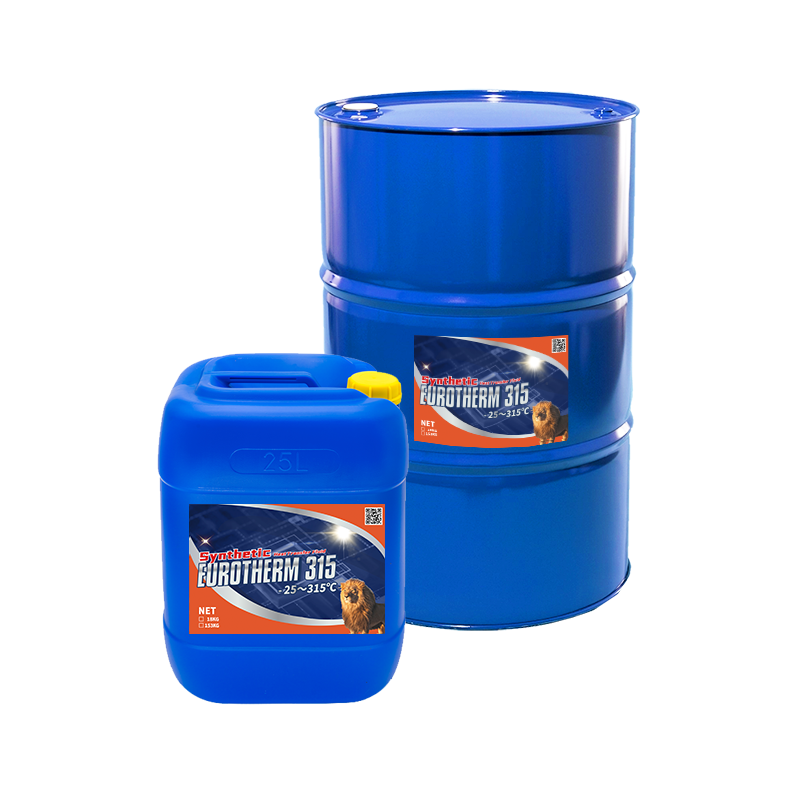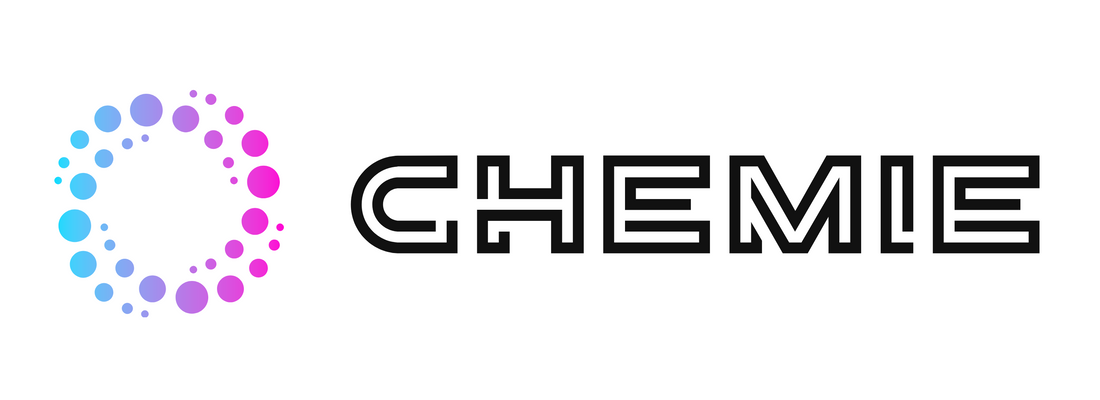Get This Report about Chemie
Get This Report about Chemie
Blog Article
The Greatest Guide To Chemie
Table of ContentsExcitement About ChemieChemie for DummiesGet This Report about Chemie9 Simple Techniques For ChemieNot known Factual Statements About Chemie Some Known Questions About Chemie.
By Bojanna Shantheyanda, Sreya Dutta, Kevin Coscia and David SchiemerDynalene, Inc. Fluid cooling, which can be attained making use of indirect or straight ways, is used in electronic devices applications having thermal power densities that may exceed safe dissipation with air cooling. Indirect fluid air conditioning is where warmth dissipating digital elements are physically divided from the liquid coolant, whereas in instance of straight cooling, the components are in straight call with the coolant.Nevertheless, in indirect air conditioning applications the electric conductivity can be vital if there are leakages and/or splilling of the fluids onto the electronic devices. In the indirect cooling applications where water based fluids with deterioration preventions are generally made use of, the electrical conductivity of the fluid coolant generally relies on the ion focus in the fluid stream.
The rise in the ion concentration in a closed loop liquid stream may take place because of ion leaching from steels and nonmetal components that the coolant fluid is in call with. Throughout procedure, the electric conductivity of the fluid may boost to a level which could be harmful for the air conditioning system.
The Facts About Chemie Revealed
(https://chemie999.bandcamp.com/album/chemie)They are grain like polymers that can exchanging ions with ions in an option that it is in contact with. In today work, ion leaching tests were carried out with numerous metals and polymers in both ultrapure deionized (DI) water, i.e. water which is dealt with to the highest degree of purity, and low electrical conductive ethylene glycol/water mix, with the measured adjustment in conductivity reported in time.
The examples were permitted to equilibrate at area temperature level for two days before tape-recording the first electric conductivity. In all examinations reported in this research study fluid electric conductivity was measured to an accuracy of 1% using an Oakton CON 510/CON 6 collection meter which was calibrated before each measurement.
The Main Principles Of Chemie
from the wall home heating coils to the facility of the heater. The PTFE sample containers were put in the furnace when consistent state temperature levels were gotten to. The test setup was removed from the heater every 168 hours (7 days), cooled down to space temperature with the electrical conductivity of the liquid determined.
The electrical conductivity of the liquid example was monitored for an overall of 5000 hours (208 days). Number 2. Schematic of the indirect shut loop cooling experiment set up - inhibited antifreeze. Table 1. Elements utilized in the indirect shut loophole cooling experiment that touch with the fluid coolant. A schematic of the experimental setup is displayed in Figure 2.

Our Chemie PDFs
Throughout procedure the liquid storage tank temperature level was kept at 34C. The modification in fluid electrical conductivity was monitored for 136 hours. The liquid from the system was gathered and stored. Similarly, shut loop examination with ion exchange resin was accomplished with the same cleansing treatments employed. The initial electrical conductivity of the 230ml UP-H2O in the system gauged 1.84 S/cm.

0.1 g of Dowex resin was included to 100g of fluid examples that was absorbed a different container. The combination was mixed and alter in the electric conductivity at space temperature level was gauged every hour. The determined change in the electric conductivity of the UP-H2O and EG-LC test liquids having polymer or steel when engaged for 5,000 hours at 80C is shown Number 3.
The 25-Second Trick For Chemie
Ion leaching experiment: Measured adjustment in electric conductivity of water and EG-LC coolants containing either polymer or metal samples when immersed for 5,000 hours at 80C. The results suggest that steels added less ions into the fluids than plastics in both UP-H2O and EG-LC based coolants.
Liquids having polypropylene and HDPE showed the most affordable electric conductivity changes. This might be because of the brief, inflexible, linear chains which are less likely to contribute ions than longer branched chains with weak intermolecular forces. Silicone likewise performed well in both test liquids, as polysiloxanes are generally chemically inert as a result of the high bond energy of the silicon-oxygen bond which would stop deterioration of the material into the liquid.
The Facts About Chemie Uncovered
It would certainly be anticipated that PVC would produce similar outcomes to those of PTFE and HDPE based upon the comparable chemical frameworks of the materials, however there might be other contaminations existing in the PVC, such as plasticizers, that may impact the electric conductivity of the liquid - fluorinert. Additionally, chloride groups in PVC can also leach into the test liquid and can create a rise in electrical conductivity
Buna-N rubber and polyurethane showed signs of deterioration and thermal disintegration which suggests that their feasible energy as a gasket or sticky product at greater temperatures could lead to application problems. Polyurethane totally disintegrated into the test liquid by the end of 5000 hour test. Figure 4. Before and after pictures of metal and polymer samples submersed for 5,000 hours at 80C in the ion seeping experiment.
Calculated adjustment in the electric conductivity of UP-H2O coolant as a function of time with and without resin cartridge in the shut indirect cooling loophole experiment. The determined change in electric conductivity of the UP-H2O for 136 hours with and without ion exchange resin in the loophole is received Number 5.
Report this page